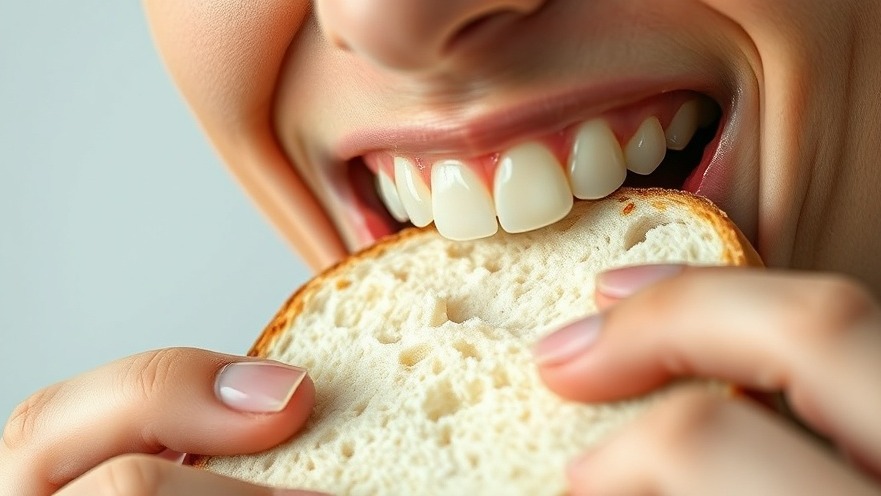
Understanding the Link Between Starch and Cavities
It's common knowledge among healthcare providers that sugary foods can lead to cavities, but emerging research indicates that starch-rich foods might also play a significant role. This new development is critical for those in concierge medical practices who aim to provide comprehensive care for their patients. A study published in the journal Microorganisms highlights the interplay between individual genetics and the consumption of starchy foods in relation to oral health.
Why Are Some Patients More Vulnerable?
The focus of the research was on the AMY1 gene, which, interestingly, produces the enzyme salivary amylase needed to break down starches in the mouth. A total of 31 participants were studied, varying in the number of AMY1 gene copies they carried. The results revealed that those with more copies of the AMY1 gene exhibited a notable change in their oral microbiome when consuming starchy foods. The presence or absence of specific bacteria can drastically change, influencing the risk for cavities and gum disease.
The Complex Relationship Between Starch, Bacteria, and Cavities
According to Angela Poole, senior author of the study, the repercussions of eating digestible starches can’t be simplified to “good” or “bad.” The AMY1 copy number can significantly impact how bacteria interact in the mouth, pointing to the necessity of personalized dental hygiene strategies based on genetic makeup. “Just as people are told to brush teeth after consuming sugar, those who consume starch—especially in large quantities—should be equally diligent,” Poole emphasizes. The study found that certain harmful bacteria, like Streptococcus (linked to decay), increased in proportion in individuals with higher AMY1 copies.
Historical Context: Agriculture's Role in Oral Health
A fascinating aspect of this study includes its roots in evolutionary biology. Populations that have historically relied on agriculture and starch-heavy diets were observed to carry higher AMY1 gene copies. In turn, this suggests that our oral microbiome has co-evolved with our dietary habits. Understanding the genetic ties to our eating habits can empower concierge practices to promote tailored wellness strategies that resonate with individual patient histories.
Empowering Patients with Knowledge
With the rising awareness around the link between genetics and oral health, healthcare providers can leverage this knowledge for better patient engagement. For instance, practitioners can inform patients about how to monitor their starch intake and stress the importance of oral hygiene post-meals. This level of personalized care could enhance the patient-doctor relationship significantly, establishing the practice as a leader in patient-centered care.
Future Considerations and Patient Interaction
As genetic testing becomes more accessible, it could signal a shift in how practices approach diet and oral health. Concierge medical practices should consider incorporating genetic assessments to help patients understand their unique risks and develop customized preventive strategies. Such forward-thinking measures can foster loyalty and trust, as patients appreciate the depth of care tailored to their individual needs.
With this evolving landscape, it’s vital for healthcare providers to keep abreast of innovative research and integrate findings into their patient care models. Starch’s role in oral health isn’t just a trivial detail—it could redefine how we discuss food choices and oral hygiene practices in the realm of concierge medicine.
If you’re a concierge medical practice owner, consider sharing these insights with your patients and promoting dialogue around the implications of their dietary choices, particularly when it comes to starchy foods. Position your practice as a thought leader and a compassionate ally in their health journey.
 Add Row
Add Row  Add
Add 






Write A Comment